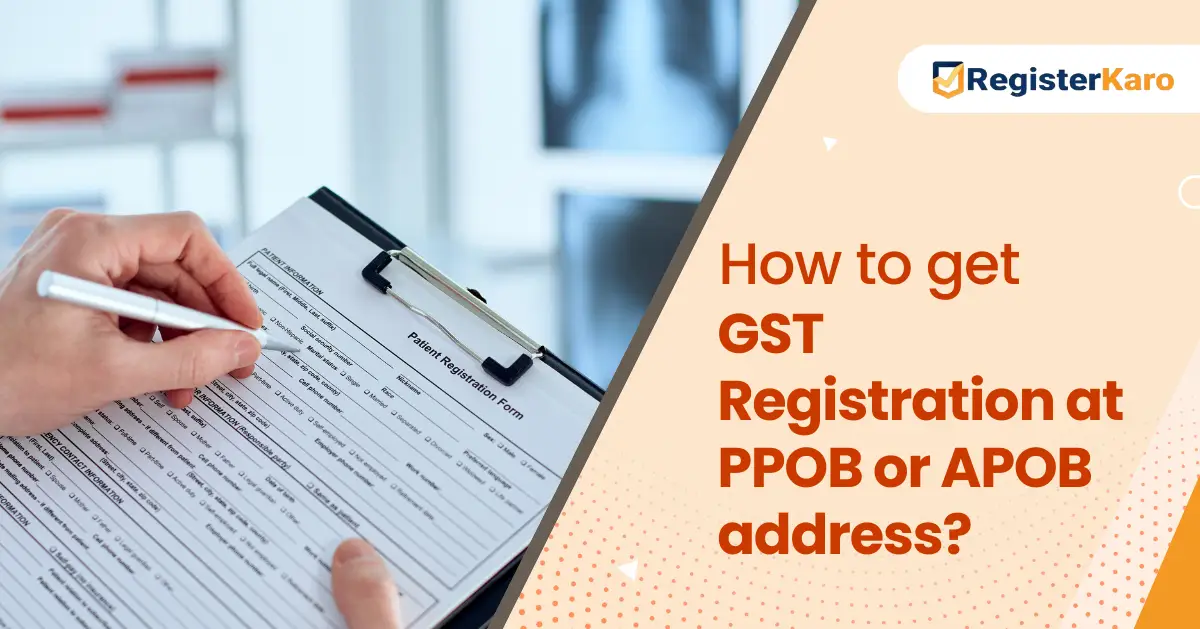
GST, or Goods and services Tax, is an indirect tax regime being rolled out as a substitute of several indirect taxes in India, which is so structured as to ensure easy computation of these indirect taxes in India. Since the introduction of Goods and Service Tax in 2017, it has been the wish of both small business and large business. For that reason a sound knowledge of GST is required by all companies or service providers in India, in other words, to keep on the right side of the legislation, to prevent unwanted penalties and to enjoy all the benefits that are offered, such as input tax credit, only to name a few.
Who Needs to Register for GST?
GST registration is based upon turnover and type of business. If the turnover exceeds the prescribed limit, it is mandatory to opt for GST registration.
Except for these, a threshold of ₹40 lakhs ₨4 million) is specified in the aggregate turnover for goods suppliers and ₹20 lakhs ₨2 million) for service providers in respect of majority of enterprises. However, the caps are reduced to the lowest when the business is situated in special category states e.g., Assam, Jammu and Kashmir, etc., and the limit is ₹10 lakhs ₨1 million). Such companies need to be registered for GST regardless of turnover if they carry on interstate transactions or are e-commerce platforms.
Although those businesses that have turnovers below the threshold are not compulsorily required to register, they can opt for it as it will also provide them with several benefits like tax credits, eligibility to register on e-commerce portals, etc.
The GST Registration Process
GST registration process It may seem a difficult process, but with the correct approach, GST registration is very easy. Here is how to go about applying for registration:
- Check Eligibility: The first step in the registration process is to determine if the applied turnover is sufficient to be subject to mandatory registration-i.e., to be registered. For businesses under the limit, it may be an opportunity if you volunteer to be registered.
- Documents to be Submitted: As per the nature of the business, the documents for GST registration are different. Among these, the most critical are the PAN card (Permanent Account Number) of the company, Aadhaar card (National Health Register) of the owner or duly appointed signatory, proof of business address, and bank account information, and in the case of companies/LLP, partnership deeds and incorporation certificate and proof of appointment of the authorised signatory.
- Online Registration: GST registration is completely online through the GST portal. Registration can be accomplished through completing the form, presenting relevant documents so as to file the application. After filing an application, the application is processed by the GST authority.
- Verification and GSTIN: Thereafter, your application will be checked by the GST department. If every information seems to be in order, you will be assigned with a GST Identification Number (GSTIN) which will serve as the unique tax identity for you.
- Certificate of Registration: After your application is granted you shall receive the GST registration certificate. This certificate will be considered evidence that your business is registered under the GST system.
GST Compliance: Filing Returns
On completion of GST registration for any business it is mandatory that different GST returns be filed concerning sales returns, purchase returns and also taxes collected and paid. The accurate and timely submission of returns matter most particularly, after all the submission of returns is to be made then penalties will inevitably follow. There are various types of returns that have to be filed, based on the nature of the business. The years of frequencies can be monthly, quarterly, or annually.
Click here for- GST Returns Filing
Consequences of Not Registering for GST
Late registration of GST when it has been made compulsory on account of the size of the business theory entails monetary penalties and interests on the unpaid taxes. The penalty can lie between ₹10,000 and ₹25,000 for late registration. For intentional evasion of taxes, the penalty on revenue might be up to 100% of taxes owed.
Conclusion
GST registration is probably the most important step in the history of any business in India. It ensures compliance with tax laws, and besides that, it unlocks wider benefits in input tax credits, inter-state transactions, and enhanced business gravitational pull. It doesn’t say, therefore, that from a small business owner to a big enterprise, grasping the pinch and following through with the registration process will truly matter in the flow of business. Sticking to the law of the land and keeping abreast of the GST will oil out tax burdens and allow the businesses to focus on what truly matters: growth and reason-Wider reach through business connection.
Read Our Related post- Unraveling the Criteria for GST Compliance




